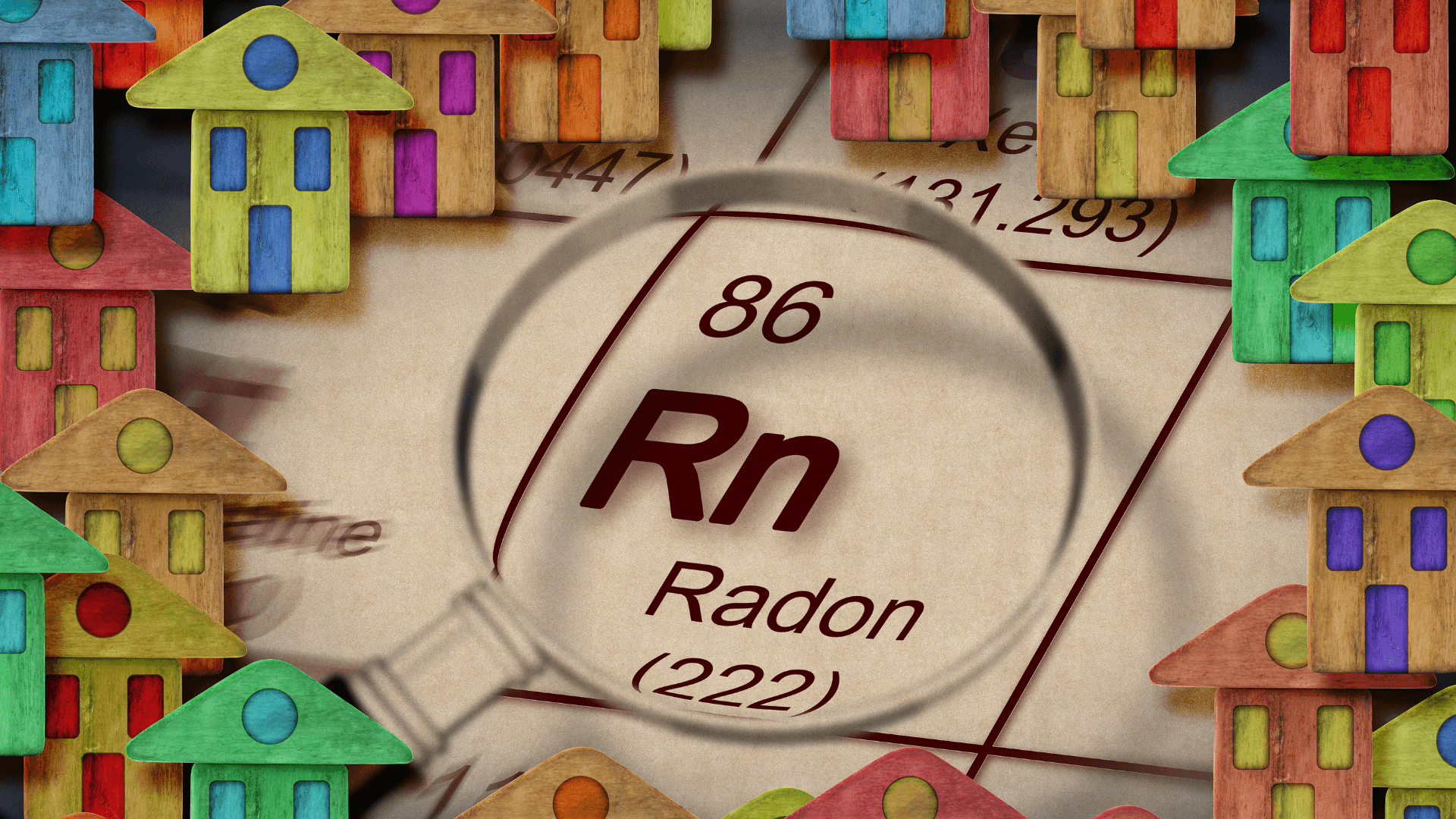Published November 10, 2020
Radon. Is Your Home Causing You Cancer?

The Canadian Cancer Society, the Canadian Association of Radon Scientists and Technologists (CARST) and CAREX Canada are launching a new initiative that aims to raise awareness about the cancer risks associated with radon and the importance of homes being tested.
What is Radon?
Radon is a tasteless, odourless and invisible radioactive gas that results from decaying uranium. Uranium is a metal most commonly found in soil, rock and groundwater. It is prevalent in Nova Scotia. This radioactive gas can accumulate in homes in high concentrations. Long term exposure to high levels of radiation can damage DNA in lung tissue and can lead to increased lung cancer risk. Radon Exposure in the home causes 3200 lung cancer deaths in Canada each year. In order to protect your family and your family’s health, you should have your home professionally tested for radon.
Why should you be concerned?
Radon filters up from the ground and into the air. It can enter buildings through openings where the buildings contact the ground. In the outdoors, radon is diluted to low levels. Inside buildings, however, radon can build up to harmful, concentrated levels. Breathing increased levels of radon increases a person’s chance of developing lung cancer. In fact, Radon is linked to 16% of lung cancer deaths. It is the leading cause of lung cancer in non-smokers, and the second leading cause of lung cancer after smoking. It is also the top environmental cause of death over substances like pesticides, asbestos, carbon monoxide and pollutants. With its escalating mortality rate, radon exposure must be found early and handled quickly.
Unfortunately, there are many homeowners who are still unaware of radon and the threat it poses. There are no immediate symptoms that are associated with radon exposure, and its effects are gradual and develop over time. Unlike other home-bound toxins and allergens that can cause health problems, radon can go undetected for years, slowly damaging your lungs over time.
Who is at risk?
How Does Radon Get Into the Home?
In nature, as radon is released from the ground into the
air, it dilutes and dissipates. Radon is nine-times denser than air, so it
easily settles and becomes trapped in the rooms of your home. In most homes
radon moves up through the floor and other openings between the ground and
living spaces. It permeates paper, low-density plastic, sheet rock, mortar,
paint, concrete blocks, tar paper, untreated wood and most types of insulation.
One out of every six homes across North America is affected by radon, regardless
of the year it was constructed.
Testing is Easy
The texts should be done for 91 days or more. Radon Devices
can be available from the Library however there is a large waiting list. Radon Professionals can be hired to help test
Heath Canada helped initiate a national certification
program call C-NRPP Canadian National Radon Proficiency Program. Heath Canada has certified professionals in
every province of Canada. Measurement professionals test for Radon. Mitigation
Professionals reduce radon levels in buildings.
Radon Map Nova Scotia
https://fletcher.novascotia.ca/DNRViewer/?viewer=Radon
(This map takes a minute to load)
Radon Mitigation System
|
A Radon
Mitigation System is the most effective way to reduce Radon It is
proven to be effective and when installed properly, reducing radon by 91% Once
installed, it protects all future occupants |
Radon professionals can help you determine the best way to
reduce the radon level in your home. To find a certified radon professional in
Canada visit the following website: http://c-nrpp.ca/find-a-professional. The
average cost to reduce radon levels in the home is $1,500 to $3,000.
If you have questions or would like more information on
Radon or Radon testing please give Assist 2 Sell a call at 902 446-3113 or
email us at HRMOffice@assist2sell.com. We have many resources available to you
For more information visit:
https://c-nrpp.ca/what-is-radon/
Download the PDF: https://drive.google.com/open?id=1GMrTveCtPL3j4vx6Rku_Q3HrFK4031Oj
To find a professional : https://c-nrpp.ca/find-a-professional/





